২২ অগ্রহায়ণ ১৪৩২
RAB destroyed secret detention centres, says Disappearance Commission
07 June 2025 18:06 PM
NEWS DESK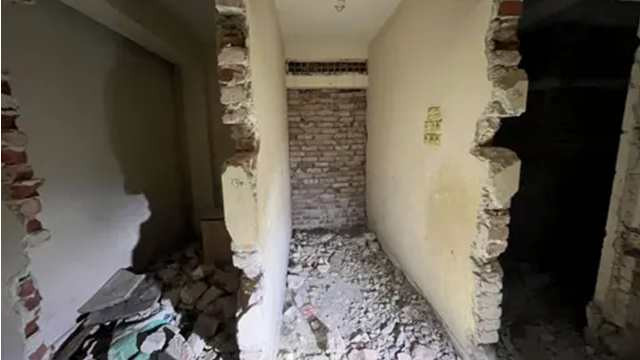
Rab destroyed its secret detention centres after August 5 last year to conceal evidence, found the Commission of Inquiry on Enforced Disappearances.
Previously, they had reported that the Joint Interrogation Cell was destroyed to tamper with evidence.
Google News LinkFor all latest news, follow The Daily Star's Google News channel.
"As our work has progressed, we have uncovered further instances of evidence destruction," said the report that was submitted to the Chief Adviser's office last Wednesday.
Their report outlined evidence of destruction by Rab in two sites.
"The first concerns the facility known as the Task Force for Interrogation (TFI) cell, also referred to within RAB Intelligence Wing as the 'hospital'. The second facility, also operated by RAB Intelligence Wing, was the "clinic," said the report.
They realised that the "hospital" was destroyed when investigating the case of Barrister Mir Ahmad Bim Quasem Arman, who had been held at the TFI for 8 years prior to his release after August 5.
The TFI centre is a facility located within Rab-1 compound but operated by Rab Headquarters.
"We first visited the TFI on October 16, 2024. At that time, officials informed us that the site had been abandoned for at least two years. Upon inspection, this appeared plausible: the facility was in disrepair, its infrastructure broken, and the entire area gave the appearance of long-term neglect," said the report.
But soon, they realised that they had been lied to by Rab.
"The TFI site was divided into three distinct sections: an administrative area, a larger space used to hold captives, and a smaller zone comprising interrogation and torture rooms," said the report. Yet hidden within the torture room wing were even more concealed rooms used to house long-term detainees – and that is where Barrister Arman was held.
Barrister Arman had told the commission that the room he was kept in had remnants of tiling, yet when they visited TFI, they did not find any room that matched the description.
They asked Barrister Arman to draw a map of his path of movement.
"Although blindfolded for most of his captivity, like many other captives, he retained a sense of his orientation, whether he had turned, descended steps, or walked straight," said the report.
"In his drawing, he described climbing down a short flight of stairs, then walking straight before making a single left turn to reach his cell. However, when we traced the route ourselves, this path did not align with the existing layout. To reach the cell he described, one would have to turn right, then left, then left again. The mismatch raised further doubts," narrated the report.
But then Barrister Arman noticed something odd about the photographs of TFI – the way the light reflected off the section of the wall appeared slightly different from the rest. "He suggested that this might be where his cell door had once been and that it could have sealed up," said the report.
The commission then set about measuring the lengths of the inside walls and the outside walls. They hypothesised that if there was a discrepancy, then there was a secret chamber inside.
They found a difference of more than ten feet. "The wall was subsequently broken open. Behind it, we discovered a concealed cell, nearly intact, that matched Barrister Arman's description in every detail. This, along with various other evidence, confirmed he had spent most of his eight years in captivity in that space. It was evident that the room had been sealed off after Barrister Arman's release on August 5, 2024," concluded the report.
The commission had visited the site first on October 16, 2024.
"The concealment must have taken place sometime between August and our visit in mid-October. This constitutes a clear instance of deliberate evidence destruction intended to obstruct accountability, even after the fall of the Hasina regime," the report said.
The commission said that these destructions happened even after key changes in Rab personnel post-August. "The Additional Director General (Operations) had been replaced by the first week of September. Nevertheless, the destruction of evidence continued even under the new ADG (Operations)," it said.
It continued, "This pattern suggests a deeper institutional problem: officers, such as the new ADG (Operations), who were not originally involved in specific crimes are becoming newly complicit in crimes through a culture of impunity that incentivises concealment over accountability. As a result, they too are now entangled in the very crimes they inherited. This phenomenon—where successive officers become interested in covering up the misconduct and misdoing of their predecessors has, we believe, significantly contributed to the difficulties we have faced in obtaining information from RAB's Intelligence Wing."
The other centre that was destroyed by Rab was called the "clinic".
"RAB Intelligence Wing also operated another secret detention site up until 5 August 2024. This facility was located within the premises of RAB Headquarters itself and was colloquially referred to as the 'clinic'. It was housed in a structure known informally as the "glass house", due to its glass-panelled exterior. Inside, the site had reportedly once contained approximately six small detention cells on the third floor," described the report.
They first discovered the site in April 2025. "Upon inspection, it became apparent that significant structural changes had already taken place. The internal layout no longer fully matched with the descriptions the survivors had provided in their testimonies. However, based on the alignment of ceiling beams, traces of partition walls, and residual wall markings, it was clear that the space had originally been configured into six separate cells," said the report.
At the time of the commission's visit, only four rooms remained.
"Two of the dividing walls had been removed entirely, and the altered spaces had been retiled to resemble bathroom interiors. The overall modifications, including the removal of original cell doors, gave the impression of complete repurposing," it said.
The extent of these renovations indicated extensive planning, concluded the commission. "
"Even if some materials had been reused from existing stock, the work would still have required a degree of coordination and access to construction supplies. Cement, tiles, tools, and personnel had to be made available. The execution and timing suggest that this process involved some level of logistical planning and budgetary support. While the full extent of these arrangements remains unclear, the renovations were evidently systematic," they said.
Along with the destruction of the cells, Rab had also disposed of torture devices.
"These included rotating chairs, devices used to administer electric shocks, and a particularly painful instrument used to apply thermal torture. In this device, a detainee would sit in a chair chained by his legs. Reaching up to just below the knee, approximately ten inches above the ankle, the legs would be submerged in water, which would be heated gradually to an excruciating temperature. Other torture implements mentioned in survivor testimony, including those that adorned the walls, such as whips, sharp instruments like knives, etc., along with sound proofing equipment, were also destroyed," said the report.
The commission called this a part of a "broader effort to eliminate physical evidence in the weeks following the political transition of August 5".









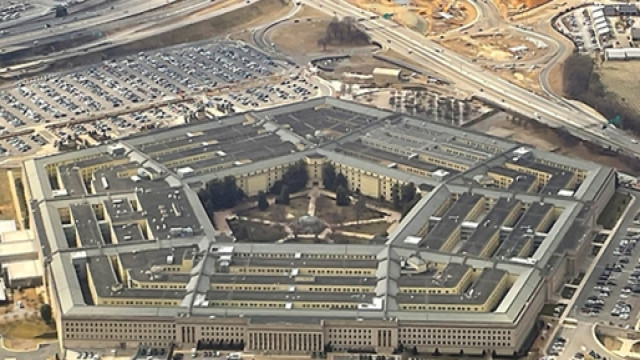
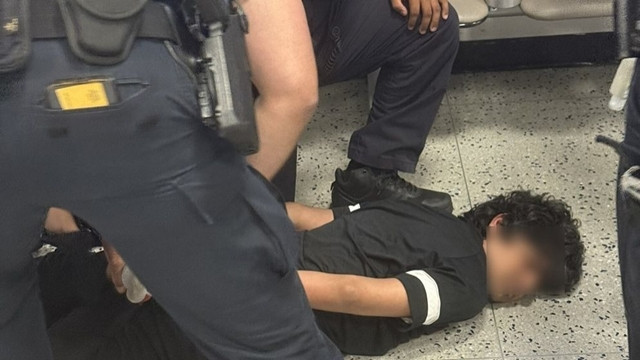
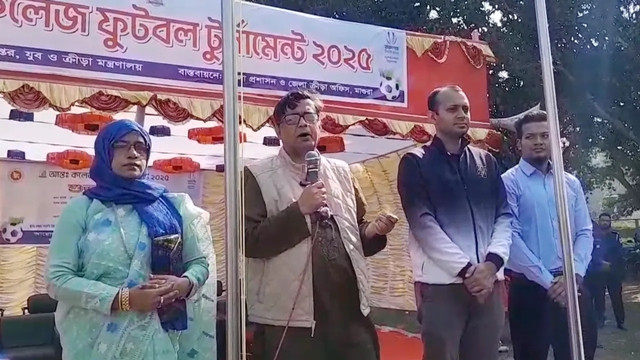

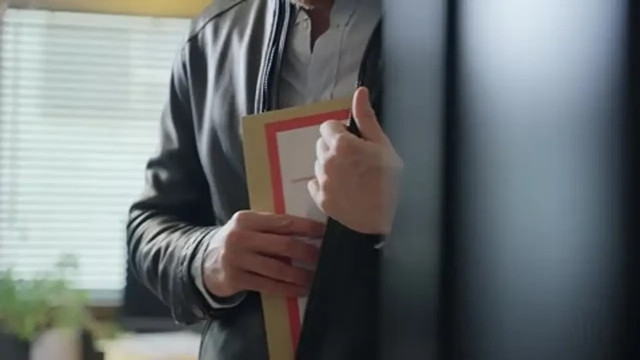
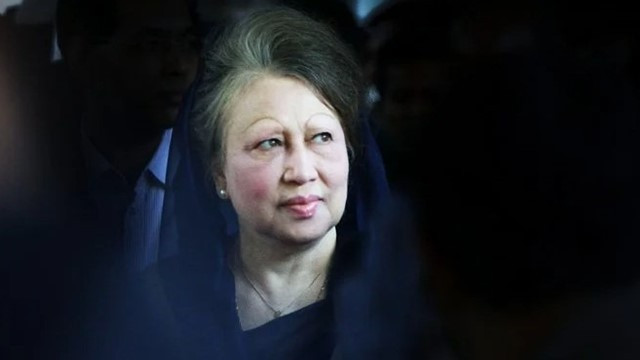
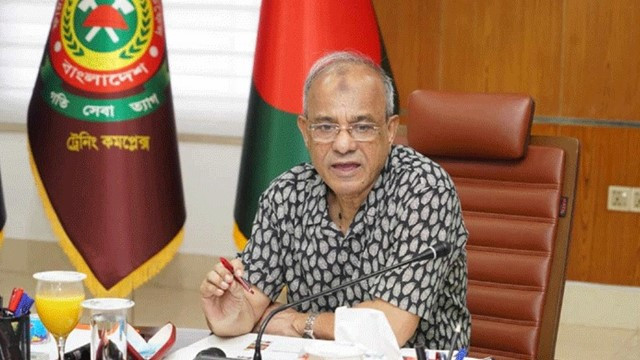



Comments Here: